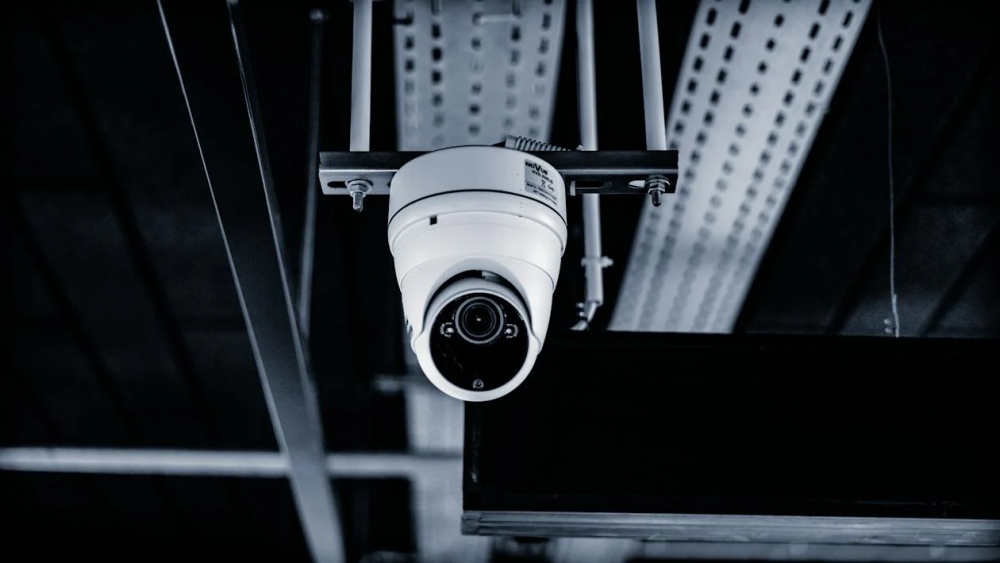Chapter 1.0: Introduction To CCTV Technology Fundamentals

Posted by Arowosegbe Olawale in General
A Closed-Circuit Television System (CCTV) is a direct-transmission system that connects a camera to a video monitor. This is in contrast to traditional broadcast television, where the signal is broadcast over the air and viewed on a TV set. After years of relying on closed circuit, hard-wired connection systems, the CCTV industry is finally starting to embrace more open architecture and transmission methods.
Security personnel, property, and infrastructure can all benefit from the monitoring capabilities provided by CCTV systems. The primary function of a closed-circuit television system is to augment the efforts of security guards by allowing them to keep watch over a larger, more extensive area, for longer periods of time. By combining video coverage and security alarms for barriers, intrusion detection, and access control, CCTV systems are commonly used to support comprehensive security systems. If an intrusion detection system triggers an alarm, a CCTV system can be used to evaluate the situation and keep a record of what happened.
The many parts that make up a CCTV system each serve a unique purpose and come with their own unique set of requirements. Cameras, lenses, data distribution, power, and lighting are essential parts. Improvements in areas such as digital equipment options, data storage, component miniaturization, wireless communications, and automated image analysis are incorporated into CCTV technologies on a regular basis.
Today's CCTV market offers a bewildering variety of components, configurations, and features, making for a bewildering array of possible purchases. This textbook's goal is to help agencies upgrade or install new CCTV systems by detailing the advantages and disadvantages of various CCTV components.
CCTV systems offer a variety of benefits for both homes and businesses, making them a popular security tool. Here are some of the key advantages:
Crime Deterrence: The presence of CCTV cameras is a strong deterrent to criminals. Potential intruders are less likely to target a property if they know they are being filmed.
Evidence Collection: In the event of a crime, CCTV footage can provide valuable evidence to help identify and apprehend the perpetrators. This can be crucial for law enforcement investigations and can also strengthen insurance claims.
Improved Safety: CCTV cameras can help to improve safety in a number of ways. For example, they can be used to monitor public areas, parking lots, and workplaces to deter crime and ensure the safety of employees and customers.
Remote Monitoring: Many CCTV systems allow for remote monitoring via smartphone or computer. This allows you to keep an eye on your property from anywhere, providing peace of mind.
Increased Awareness: CCTV footage can help you to identify suspicious activity around your property. This can help you to take steps to prevent crime before it happens.
Employee Monitoring (Businesses): CCTV can be used to monitor employee activity and deter theft or fraud. However, it's important to have clear policies in place regarding CCTV usage and ensure it complies with privacy laws.
Improved Customer Service (Businesses): CCTV footage can be used to review customer interactions and identify areas where customer service can be improved.
Reduced Insurance Costs (Businesses): Some insurance companies offer discounts for businesses that have CCTV systems in place.
Peace of Mind: Knowing that your property is being monitored by CCTV can provide a sense of peace of mind, both for homeowners and business owners.
It's important to remember that CCTV is just one part of a comprehensive security strategy. However, the benefits listed above make CCTV cameras a valuable tool for improving security and safety.
